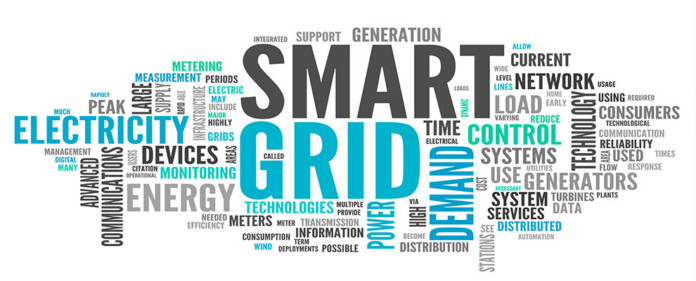Prof. Mahabala Adiga, Affiliate, University of Toledo, Sunnyfuels LLC, UT Campus, Toldeo, Ohio, USA, discusses affordable and efficient storage options for smart grids
The energy loss in power grid ranges from 10 – 30 % due to incomplete utilization of power generated during off-peak periods of electricity, especially during night. This has compelled the governments such as USA and India to work towards developing smart grid components technology to minimize this loss. The smart grid components project between these two countries has already been started between consortia formed by Washington State University in USA and IIT Kanpur in India. Among the smart grid components energy storage is most important. Energy storage accounts to more than 80% of the cost of total cost of smart grid components. Initiatives to put up pilot scale demonstration systems of about 1 MW capacity in these two countries have begun.
The demand and supply optimization of electricity in different networks in a grid is one of the important aspects for efficient operation of the grid. In order to achieve this, energy must be stored during off-peak period including night and releasing it to the grid network during peak period during day. This is the essential operation in a smart grid. Apart from this aspect, the grid harmonics and phase angle synchronization are also equally important for maintaining pure sinusoidal output without harmonics to maintain the power quality.
The energy storage options include storage batteries especially redox flow batteries and hydrogen generation. The large scale storage in the range of 20 to 200 MW is likely to be the requirement in a power grid. Therefore, most of the pilot demonstrations in US and India are about 1 MW capacity. Currently most of the existing pilot demonstrations are based on Li-Ion batteries, which may not be the suitable option for smart grid due to its limited life. It is important to go with redox flow batteries that include Vanadium redox flow, Zinc-Bromine, Nickel-Zinc, Li-Polysulfide, Hydrogen-Bromine etc.
One could also try hydrogen generation during off-peak period in a power plant and combust it together with pulverized coal for efficient burning with reduced NOx emission. This option is only suitable for application at the power plant and not at the power grid. The option of hydrogen-fuel cell may be not be suitable for power grid due to low combined efficiency of 50 to 64%. Therefore, redox flow may outweigh the hydrogen-fuel cell with about 75 to 80% and life in excess of 10 years. Therefore, efforts must be focused to develop affordable redox flow battery systems, so that, the cost of energy storage will be less than 5 – 10 Rs/KWh rather than 40 to 50 Rs/KWh.










